Discover Your Creative Side: Fun and Easy Art Projects for Beginners
Creativity is an essential part of human expression, but many people hesitate to explore art because they believe they lack talent or experience. The good news is that art is for everyone, and there are countless ways to get started without any formal training. Whether you're looking to unwind, develop a new skill, or simply have fun, these beginner-friendly art projects will help you unlock your creative potential.
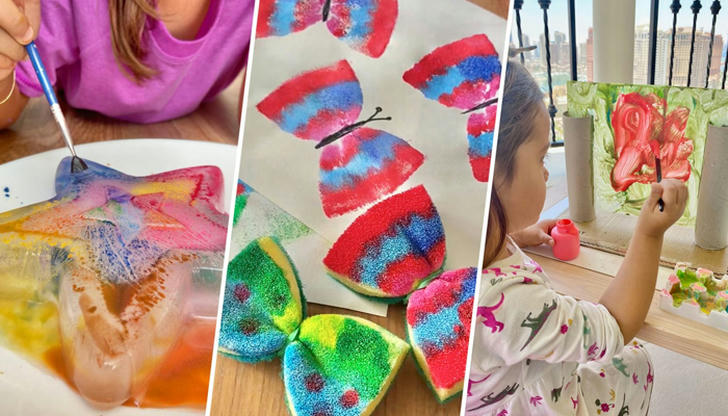
I. Doodling and Zentangle Art
Why It's Great for Beginners
Doodling is one of the easiest and most accessible forms of art. You don’t need expensive materials—just a pen and paper. Zentangle, a structured form of doodling, involves creating intricate patterns within defined spaces. It’s an excellent way to relax and improve focus.
How to Get Started
Grab a notebook and a fine-tip pen or marker.
Start with simple shapes like circles, squares, or swirls.
Fill each shape with repetitive patterns like dots, lines, or waves.
Experiment with shading and thickness to add depth.
If you want a structured approach, follow online Zentangle tutorials.
Pro Tip:
Use different colored pens or metallic markers for a more vibrant look.
II. Watercolor Painting
Why It's Great for Beginners
Watercolor is a forgiving medium that allows for experimentation. You can create soft, beautiful paintings even if you've never picked up a brush before.
How to Get Started
Get a set of watercolor paints, a brush, and watercolor paper.
Start with simple washes—apply a light layer of color and watch how the water blends it naturally.
Experiment with techniques like wet-on-wet (applying paint on a wet surface) and wet-on-dry (applying paint on a dry surface) to create different effects.
Try painting easy subjects like abstract shapes, flowers, or simple landscapes.
Let your painting dry completely before adding more details.
Pro Tip:
Use masking tape around the edges of your paper to create a clean, framed look when you remove it.
III. Collage Art
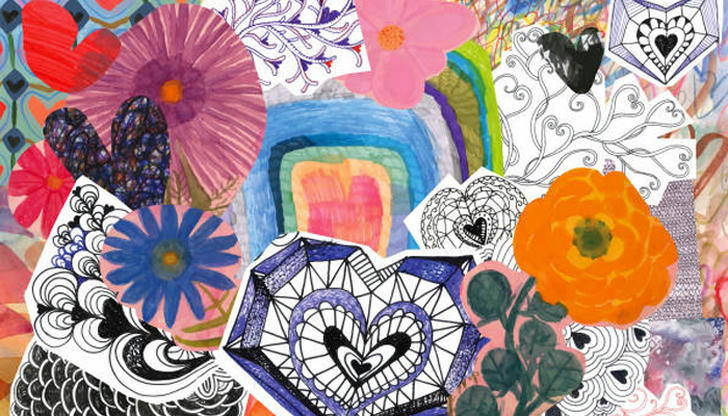
Why It's Great for Beginners
Collage is a low-pressure way to make art because it doesn’t require drawing or painting skills. You can create something unique by simply arranging and gluing materials.
How to Get Started
Gather old magazines, newspapers, fabric scraps, and colored paper.
Cut out interesting shapes, words, or images.
Arrange them on a blank sheet or canvas.
Experiment with overlapping layers and different textures.
Glue everything down and let it dry.
Pro Tip:
Try making a vision board by selecting images and words that inspire you.
IV. Acrylic Pour Painting
Why It's Great for Beginners
Acrylic pouring is a fun, mess-free way to create stunning abstract paintings without any brushwork. The colors blend naturally to form unique patterns.
How to Get Started
Mix acrylic paint with a pouring medium (available in art stores).
Choose 3–4 colors that complement each other.
Pour the colors into a cup, then flip it onto a canvas.
Tilt the canvas to let the paint flow naturally.
Let it dry completely—it will take several hours.
Pro Tip:
Use a hairdryer or a straw to blow the paint around for an interesting effect.
V. DIY Printmaking with Potatoes or Stamps
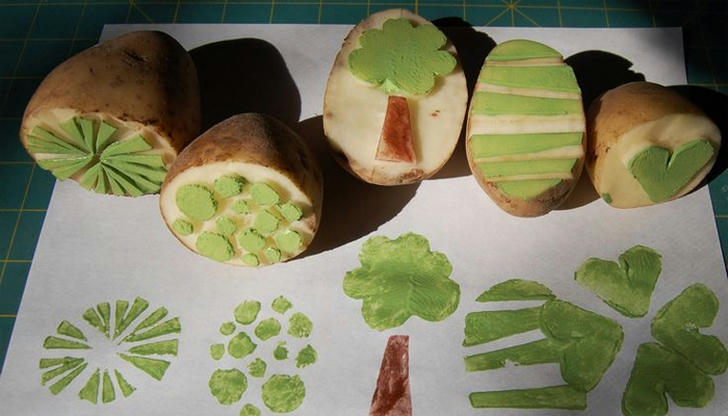
Why It's Great for Beginners
Printmaking allows you to create multiple versions of the same design. It’s simple, fun, and great for making greeting cards or wall art.
How to Get Started
Cut a potato in half and carve a simple shape into it using a knife.
Dip the carved side into acrylic or fabric paint.
Press it onto paper or fabric to make prints.
Experiment with different shapes and colors.
Pro Tip:
Use erasers or foam sheets to create reusable stamps with more detailed designs.
VI. Digital Drawing with Free Apps
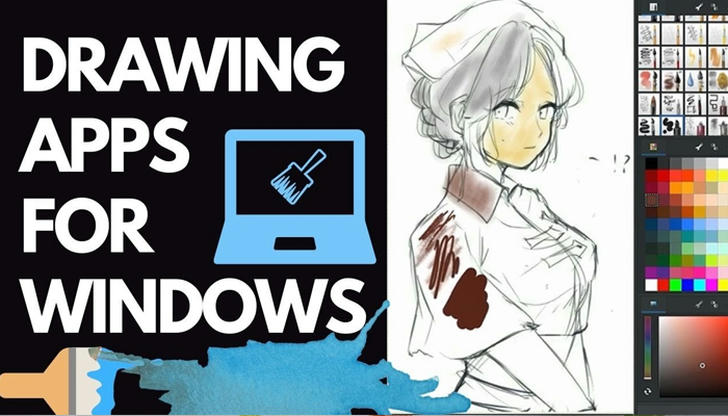
Why It's Great for Beginners
If you prefer working digitally, free drawing apps allow you to experiment with colors and brushes without needing traditional art supplies.
How to Get Started
Download free apps like Procreate Pocket, Autodesk Sketchbook, or Adobe Fresco.
Start with simple sketches using the pencil tool.
Explore different brushes and layering techniques.
Try tracing a photo to get comfortable with digital art.
Pro Tip:
Use a stylus for more control, but if you don’t have one, your finger works just fine!
VII. Rock Painting
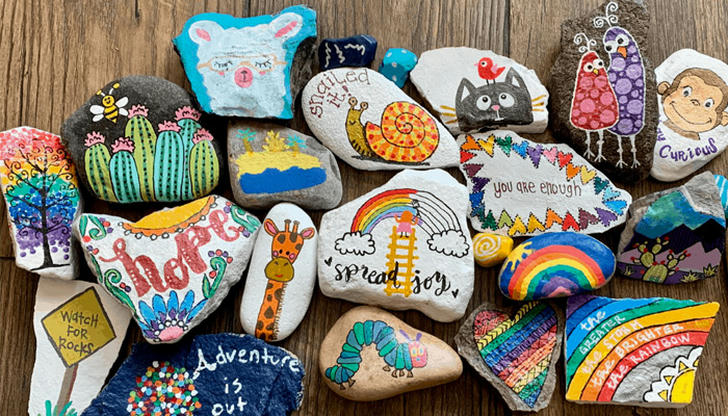
Why It's Great for Beginners
Painting on rocks is a fun and inexpensive way to create small decorative pieces. It’s also a great outdoor activity.
How to Get Started
Find smooth, flat rocks. Wash and dry them completely.
Use acrylic paint or paint pens to create designs.
Let the paint dry and seal it with a clear varnish for durability.
Display them in your garden or give them as gifts.
Pro Tip:
Write inspirational words on rocks and leave them in public spaces to spread positivity.
VIII. Handmade Greeting Cards
Why It's Great for Beginners
Making greeting cards is a creative way to personalize messages for loved ones. It’s also a thoughtful gift!
How to Get Started
Fold a piece of cardstock in half to create a card base.
Use markers, colored pencils, or watercolors to decorate the front.
Add stickers, stamps, or hand-cut shapes for embellishments.
Write a heartfelt message inside.
Pro Tip:
Use calligraphy or hand-lettering to make your cards extra special.
Conclusion
Exploring art doesn’t have to be intimidating. Whether you prefer doodling, painting, collage, or digital art, there are countless ways to express yourself creatively. The key is to have fun, experiment without fear of making mistakes, and enjoy the process. As you try these projects, you’ll gain confidence and discover which art forms you enjoy the most. Happy creating!
